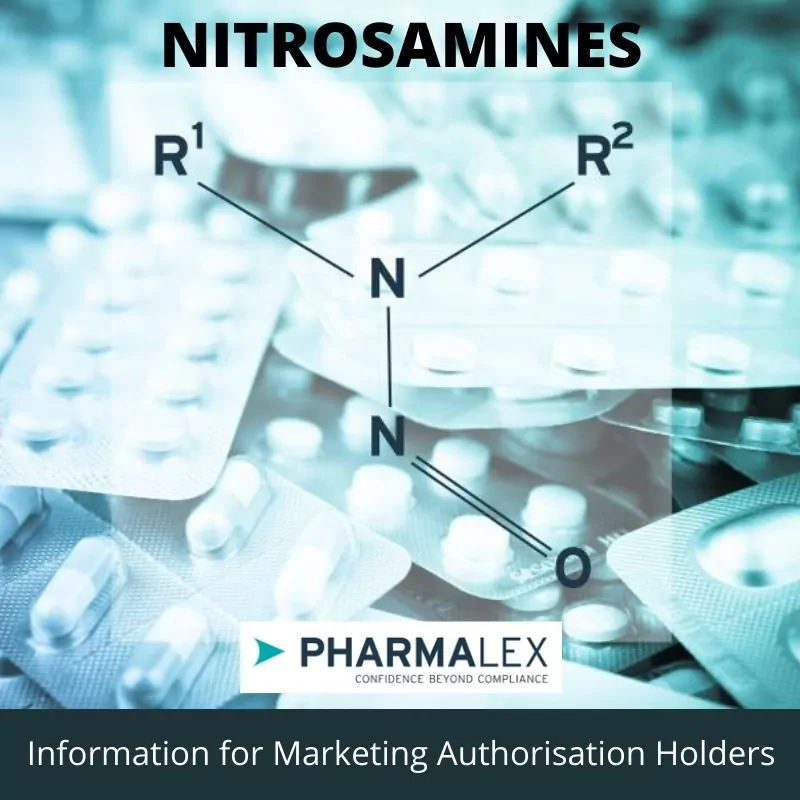Nitrosamine impurities have been in the regulatory spotlight since they were discovered in several blood pressure medicines know as sartans back in June 2018. N-nitrosodimethylamine (NDMA) and N‑nitrosodiethylamine (NDEA) have both been detected in several batches of sartans which has led to product recalls across the EU and the US
Nitrosamines refer to any molecule containing the nitroso functional group. These molecules are of concern because nitrosamine impurities are probable human carcinogens. Nitrosamines impurities can be derived from several potential sources which includes but is not limited to:
- During API processing under certain conditions and in the presence of some types of raw materials, starting materials and intermediates
- The use of Sodium Nitrite or other nitrites in the presence of secondary or tertiary amines.
- Contaminated starting materials, including intermediates supplied by vendors that use processing methods or raw materials causing the formation of nitrosamines
The EMA have recently released a publication instructing Marketing Authorisation Holders (MAH) to take precautionary measures to mitigate the risk of nitrosamine formation or presences during manufacture of all medicines containing chemically synthesised active substances. The publication can be found at by clicking the link below
The publication also serves as a reminder of the responsibilities of the MAH as laid down in Directive 2001/83/EC. While the MAH can delegate activities such as API manufacturing, they cannot delegate responsibility for ensuring the quality, safety and efficacy of the finished product for the patient.
The MAH together with API and finished product manufacturers should perform a risk evaluation using Quality Risk Management Principles that are set out in ICH Q9 of their medicinal products containing chemically synthesised API. The risk assessment should consist of the identification of hazards and the analysis and evaluation of risks associated with the arrangements for preventing nitrosamine formation as well as contamination or cross contamination. This risk evaluation for all products should be complete at the latest by 19 March 2020.
Key questions to consider during the risk assessment are:
- Is there a risk of nitrosamines forming in the API synthetic process taking into consideration the combination of reagents, solvents, catalysts and starting materials used, intermediates formed, impurities and degradants?
- Is there a potential risk of nitrosamine contamination (e.g. from recovered materials such as solvents, reagents and catalysts, equipment, degradation, starting materials or intermediates)?
- Is there any potential of nitrosamine formation during the manufacture of the finished product and/or during storage throughout its shelf life?
Should the risk evaluation lead to the identification of nitrosamines confirmatory testing should be performed using appropriately validated and sensitive testing methods. Following that, updates to the MAH may be required.
The EMA have also published a Questions and Answers document to further assist MAHs.
PharmaLex can support companies in making sure that they understand the regulatory requirements in relation to nitrosamines, that their risk assessment is valid, that they are carrying out appropriate testing, and that they are interpreting the information correctly. Connect with us on +353 1 846 4742 or email us at contact@pharmalex.com








